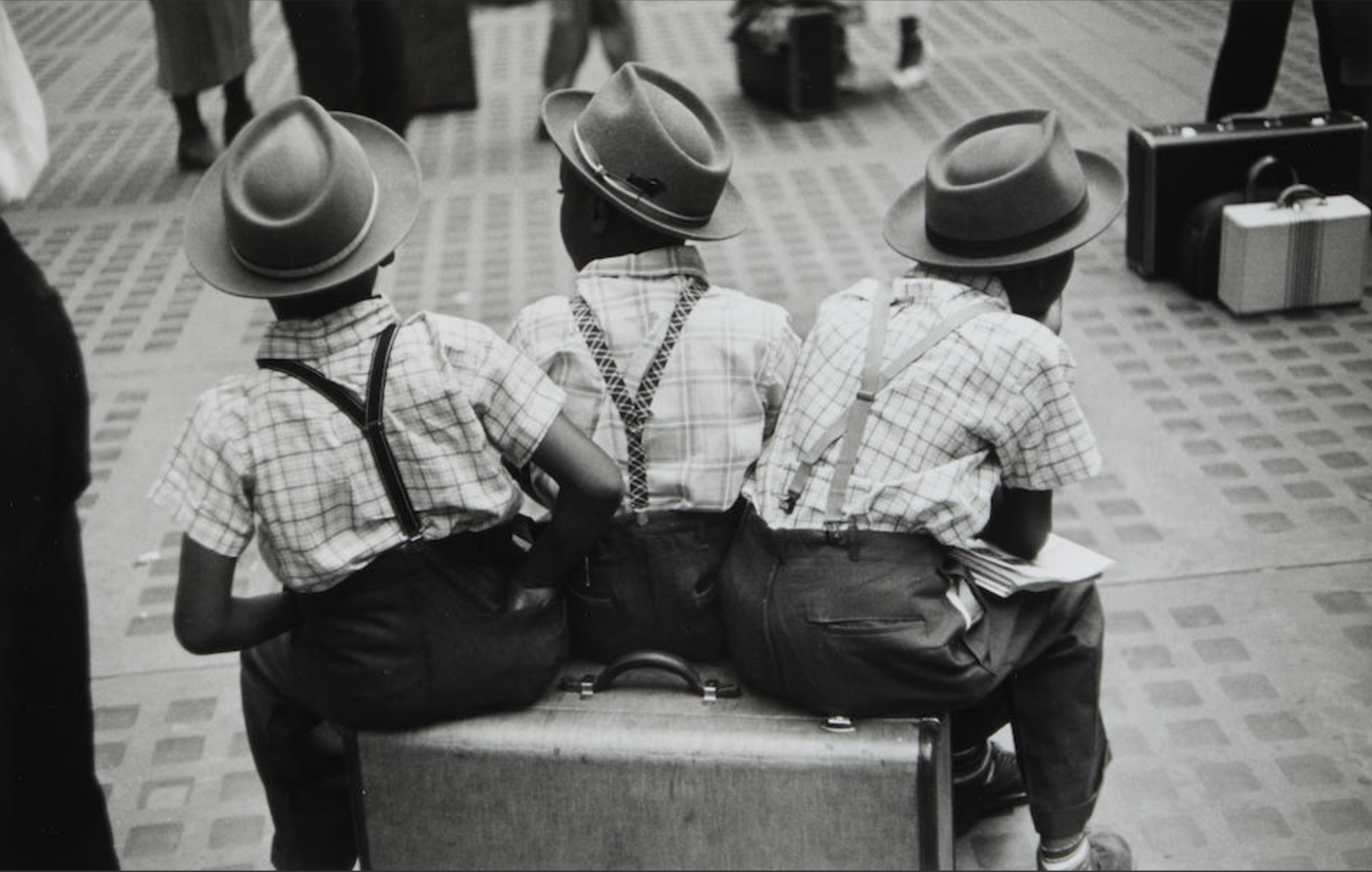Creating Team Flow: An Act of Insubordination at the Annual Cross-Country Run
Two Women Running on the Beach (The Race), 1922. Pablo Picasso
‘If you want to go fast, go alone. If you want to go far, go together.’
(African) Proverb
Every year my school marked the anniversary of the martyrdom of its patron saint, Edmund Campion, with a cross-country run. Campion, who was executed by Queen Elizabeth I’s regime in 1581, was reputed to hold the record for being stretched the longest distance on the rack. Requiring the whole school to participate in the torture of a cross-country run seemed entirely appropriate.
We assembled in our purple-striped singlets on Bedfords Park, jogging about a bit on the spot to keep warm. The teachers were stationed at intervals along the course, probably as pleased to be there as we were.
'Alone we can do so little; together we can do so much.’
Helen Keller
Eventually we set off in staggered year groups, through the mud and rain and wind and cold; up hills, into woods and across ditches. Soon the genuine athletes were far off in front - the Englishes, Farleys and Berrets - lean and agile, keen and competitive. The rest of us trooped along behind - shivering, moaning, staggering, panting. This was going to be a long, hard slog.
There was a section of the course that formed a large U-shape round a number of sports pitches. Suddenly, without any prior consultation, the mass of runners broke from the marked track and stormed across the pitches, thereby trimming a significant distance from the race.
It was a wonder to behold. An unruly mob of exuberant teenage rebels, yelling and laughing as one. A cocktail of instinct, communality and dissent.
Green-suited history master Bill Caswell waved his arms about and remonstrated with the throng. But to no avail. They just swarmed past him.
'Coming together is a beginning, keeping together is progress, working together is success.’
Henry Ford
I read recently (The Times, 5 October, 2021) about a study into the phenomenon of ‘team flow’ conducted at Toyohashi University of Technology and California Institute of Technology.
It has already been established that there is a mental state of ‘flow,’ or being ‘in the zone’, when an individual becomes fully immersed in a task, enjoying the challenge. This new research considered whether a similar phenomenon occurs in groups. The scientists fitted a sample of adults aged between 18 and 35 with scalp sensors to measure their neural activity. They then divided them into teams and asked them to compete in a musical video game called O2Jam U, where players tap notes and blocks as they move down a street to the rhythm of a track.
'In the long history of humankind (and animal kind, too) those who learned to collaborate and improvise most effectively have prevailed.’
Charles Darwin
The study found that, in the course of the exercise, participants’ brain waves harmonized with those of their teammates. They fell into a collective flow state whereby their brains could process information together. The researchers concluded that high functioning teams had ‘higher integration and neural synchrony between their brains.’
You could argue that this research merely establishes scientific proof of what we already know: that team skills are critical to success in sport, the arts and business.
Nonetheless I was struck by the thought that winning teams are not so much derived from rigid roles and formal relationships. They are not about hierarchies and command structures. Rather they are free spirited, instinctive and trusting. Founded on ‘neural synchrony,’ they communicate intuitively and decide spontaneously. Successful teams are fluid.
‘When you're getting down,
No sense in messing around.
Hold up, hold up.
If you want success,
Then do the thing that's best.
Hold up, hold up.
Talking 'bout do it, fluid.
Talking 'bout do it, fluid.’
The Blackbyrds, ‘Do It, Fluid’ (D Byrd)
No. 362
































